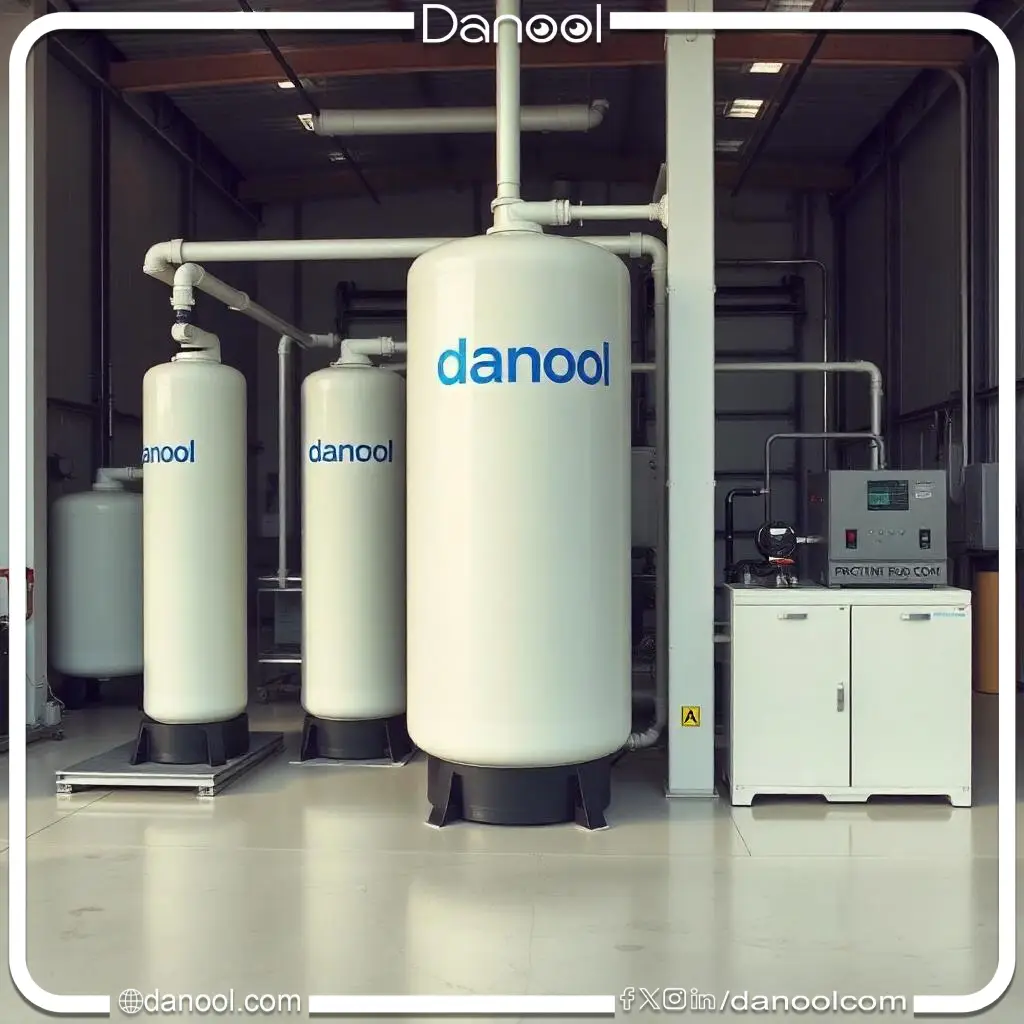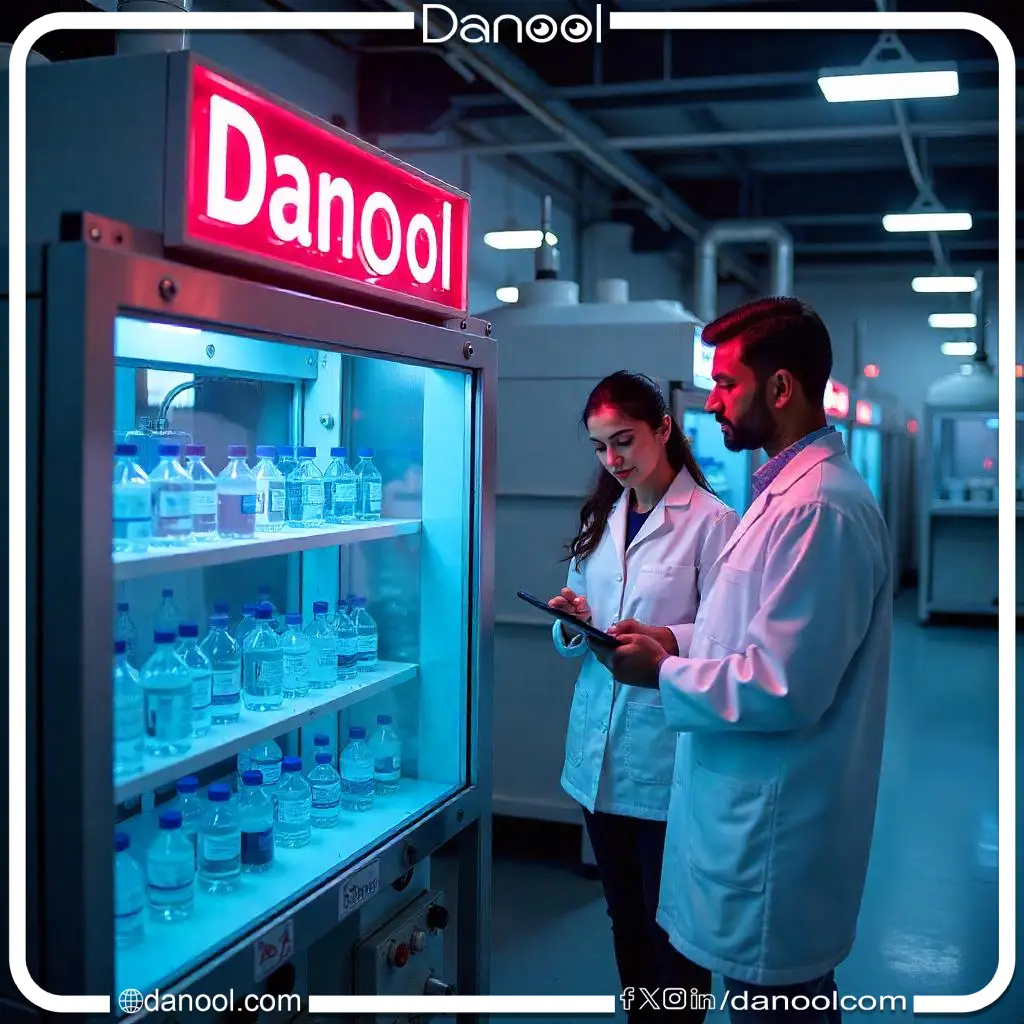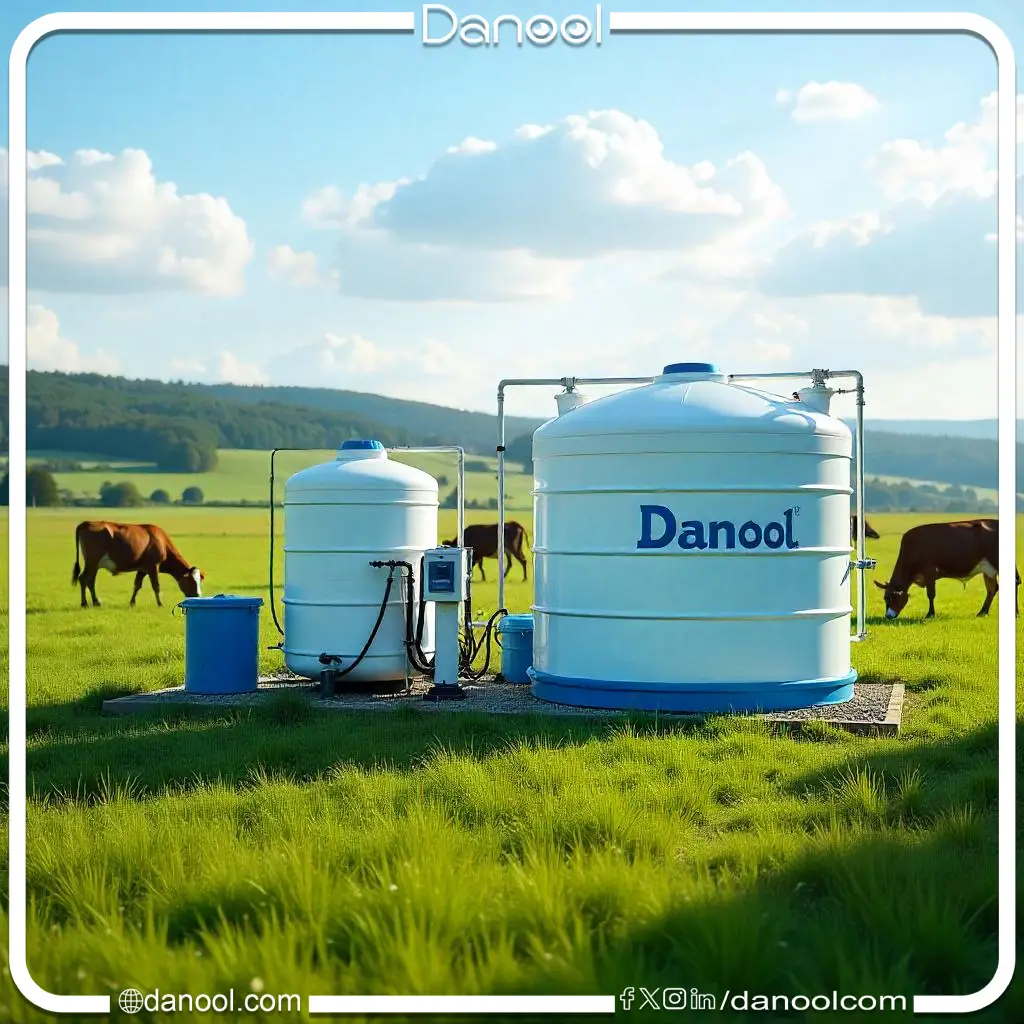Reverse Osmosis (RO) Water Plants: An Innovative Technology to Solve the Water Crisis
The introduction
In the face of increasing global challenges such as freshwater scarcity and rising pollution levels of water sources, Reverse Osmosis (RO) technology has emerged as one of the effective solutions for water treatment and desalination. RO water plants are considered one of the most important technologies used to desalinate seawater and treat undrinkable water, making them a vital resource to support both human and industrial needs.
What is Reverse Osmosis technology?
Reverse Osmosis technology is a process that relies on Passing water Through semi-permeable membranes under high pressure, to separate impurities, salts, and heavy metals from pure water. This technology is widely used in seawater desalination, groundwater treatment, and drinking water purification.
The importance of Reverse Osmosis water plants
Reverse Osmosis plants are considered one of the modern solutions for water treatment because:
- Desalination of seawater and saline groundwaterProviding fresh water in coastal areas or areas suffering from freshwater scarcity.
- Drinking water purificationRemoval of fine pollutants, bacteria, and impurities.
- Providing water for industrial sectorsPurified water is used in sectors such as pharmaceuticals, food, and power generation plants.
- Reuse of treated waterTreatment of industrial and municipal wastewater to make it suitable for irrigation or other purposes.
Components of reverse osmosis plants
Reverse osmosis water plants consist of several main units that work together to ensure efficient treatment:
- Pre-treatment unit:
- Sedimentation tanksTo remove large impurities and solid particles.
- Sand filtersIt works to remove suspended particles and sediments.
- Activated carbon filters.To remove chlorine and organic materials.
- High-Pressure Pump Unit::
- The water is pressurized to high levels to force it through semi-permeable membranes.
- Semi-Permeable Membranes (RO Membranes)::
- It is considered the core element of the plant, allowing pure water molecules to pass through while blocking salts and heavy metals.
- Final treatment unit.:
- Adding chemicals to adjust the salinity and pH level of the water.
- Water disinfection using ultraviolet (UV) light or by adding chlorine.
- Storage and Distribution Unit:
- The treated water is stored in special tanks before distribution.
Stages of Operation for Reverse Osmosis (RO) Plants
Water passes through several sequential stages in RO plants to ensure its purification and complete desalination:
- Pre-treatment stage::
During this stage, large impurities such as sand and clay are removed, in addition to reducing chlorine levels that may damage the membranes. - The high-pressure pumping stage::
The water is pumped into reverse osmosis membranes using high-efficiency pumps that generate high pressure of 60-80 bars. - The membrane separation stage::
- The membranes separate freshwater from salts and contaminants, trapping about 99% of salts and heavy metals.
- The final treatment stage::
The quality of the treated water is adjusted by adding conditioning agents and disinfecting it to ensure it meets health standards. - The waste disposal stage::
The concentrated water containing pollutants and salts (reject water) is disposed of in an environmentally safe manner.
Advantages of Reverse Osmosis Plants
RO water plants have several advantages that make them the ideal choice for water treatment:
- High efficiency in removing contaminants.It removes 99% of salts, heavy metals, and pollutants.
- Low energy consumption. Compared to other desalination technologies such as evaporation.
- Low operational cost.Especially with technological advancements and improvements in pump and membrane efficiency.
- Flexibility of use.Used for desalting seawater, groundwater, and treating industrial water.
- Production of high-quality water.Compliant with international drinking water standards.
Challenges of Reverse Osmosis (RO) Plants
Despite the significant advantages, RO plants face some challenges.
- Disposal of brine water.It contains high concentrations of salts and pollutants, which may affect the marine environment.
- Membrane damageThe membranes are affected by the presence of organic materials and deposits, requiring periodic maintenance.
- High construction cost.The cost of building RO plants is relatively high compared to conventional treatment systems.
- Energy ConsumptionDespite its efficiency, the process requires a significant amount of energy for high pressure.
Technological Developments in Stations
Reverse osmosis plants have witnessed significant advancements thanks to modern technologies.
- Improving membrane efficiency.Producing membranes that are more resistant to damage and have a higher desalination capacity.
- Use of Renewable EnergyOperating the plants using solar and wind energy to reduce the consumption of conventional energy.
- Energy recovery systemsReusing the wasted energy in the pumping process, which reduces operational costs.
- Smart monitoringUsing sensors and smart control systems to monitor the efficiency of the plant and improve its performance.

Conclusion
Reverse Osmosis (RO) water treatment plants represent an innovative and effective solution to address water scarcity challenges and desalinate salty water. With the continuous advancement of the technologies used, these plants are considered a crucial part of the global water security strategy. RO plants are expected to continue their growth and spread to support human needs in the face of climate change and population growth.

